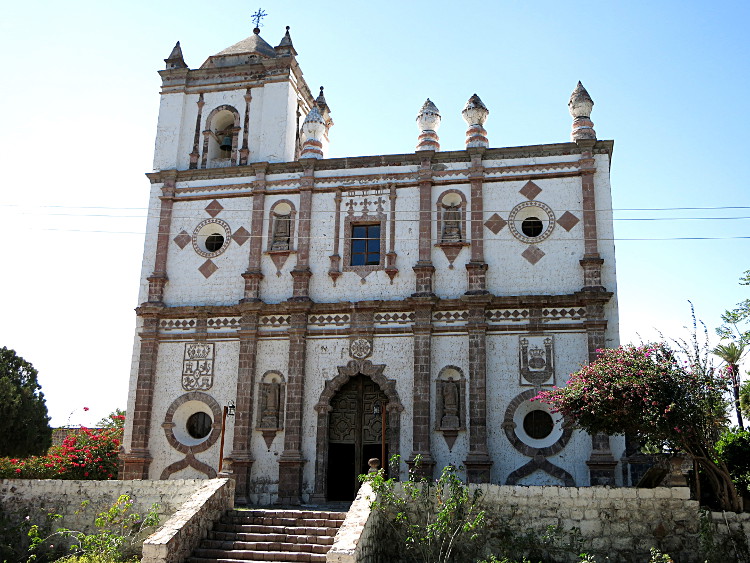
A mix of forced labor and diseases (both introduced by Europeans) might have sealed the fate of Baja’s indigenous peoples, but not before they’d left their mark in ways that are still visible today – if you have the time and patience to seek them out.
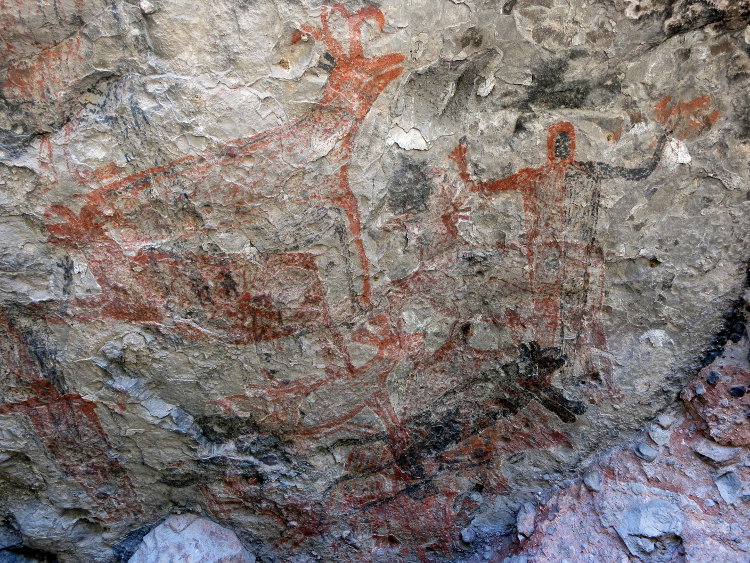
The San Francisco Mountains are a stunning range that form part of El Vizacino Biosphere Reserve in the north of Baja California Sur. Cave art, painted between around 700 and 2000 years ago by local artists, has been found in various locations here, with the most accessible site being the Cueva del Ratón (Mouse Cave). Here are depictions of unsettling human-like figures and a variety of animals, including a distinctive black puma (once mistakenly thought to be a mouse, hence the cave’s misnomer). Other sites can be enjoyed on multi-day horseback rides through the region.
Even older than the paintings are the carvings found in these mountains. Shamanistic symbols and representations of the sun appear on rocks among the cacti and boojum trees that are endemic to the area, but it takes a keen eye and a careful step to find them without treading on them so sign up with a guide to make sure you see them.
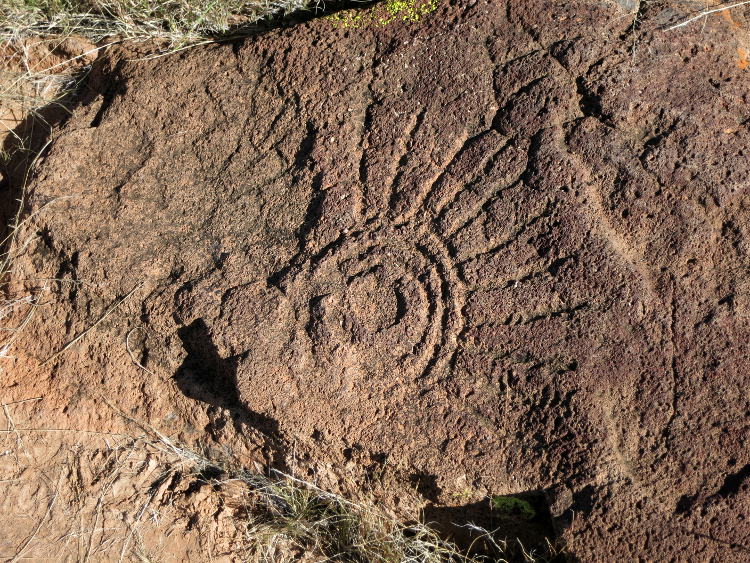
The Spanish king certainly got a bargain when in the late seventeenth century he made a deal with the Jesuits to establish mission churches across the Baja California peninsula. So keen were this group of devout Catholics to convert the local Indian tribes and explore new lands that they agreed not only to pay all their own expenses but also to claim any territory they conquered in the name of the king.
Their first church was built in Loreto, on the eastern side of the Baja peninsula, in 1697 and this beautiful church still dominates the equally pretty town today, with an attached museum providing comprehensive background on the whole mission project.
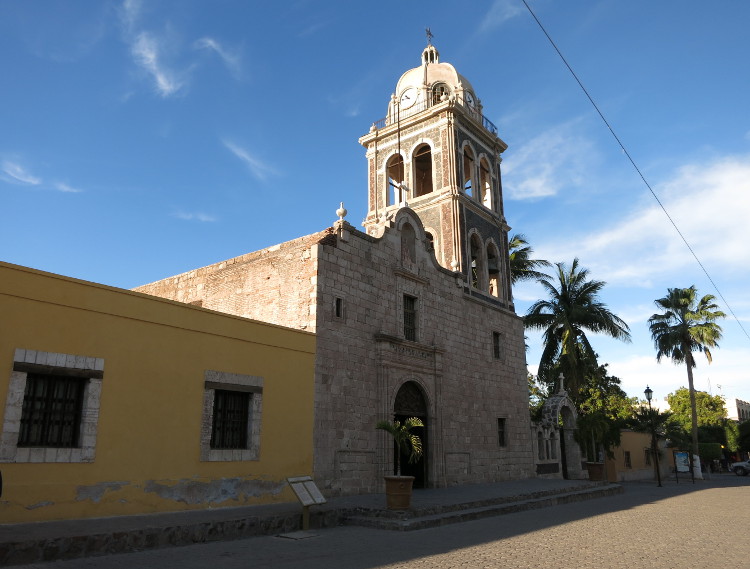
Other associated churches (some built by Franciscans and Dominicans after the Jesuits fell out of favor) can be visited in La Paz, Todos Santos, San José del Cabo and a few other places you might have heard of north of the Mexico-US border (once known as Alta California) such as San Diego, Santa Barbara and San Francisco. But two Baja gems are the real highlights. Santa Rosalía Church (1705) in the town of Mulegé is impressive enough on its own (with sturdy walls a clear sign that the Christians were not always welcome in the area), but add in a hilltop location overlooking an oasis of palm trees and you have a spot that’s well worth the climb (or drive) up from town.
Northwest of Mulegé lies another oasis and another impressive church – the Misión de San Ignacio (1768). On raised ground overlooking the dusty town of the same name, this church is arguably Baja’s finest – grab an iced coffee and soak up the view from the shaded square opposite.
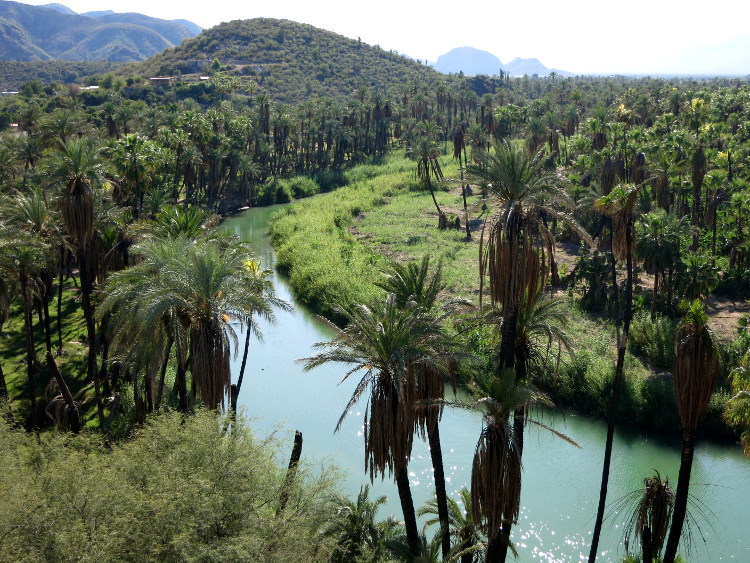
Approaching the town of Santa Rosalía from the north, passing landfill sites and dirty, black beaches, you’d be forgiven for driving straight through. But despite first impressions, this place has a fascinating history and a few must-see sights that make it definitely worth a stop.
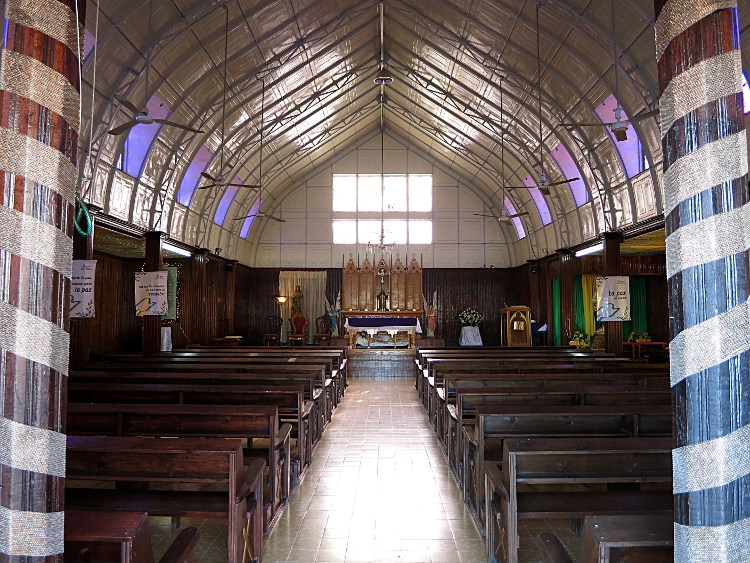
If you notice a slight French feel to the place then you’d be right. This is a town whose history began not with the Spanish but with the French, and a mining company called El Boleo which arrived here in the nineteenth century in search of copper. They built Santa Rosalía from scratch and reminders of its mining heyday are everywhere, with old furnaces, disused trains and those beaches (blackened by pollution) dotted around town. But the highlights here are a metal church, designed by Gustave Eiffel (yes, that Eiffel) and shipped over here in 1897, and the El Boleo bakery, built in the 1890s to provide baguettes to the French stationed here, but now churning out more Mexican treats like cakes and cookies.
La Paz and Loreto are both served by flights from the US but the most well-connected airport in southern Baja is undoubtedly Cabo, with cheap deals and frequent connections to many American cities. Pick up a car in Cabo and head north to begin exploring the sights covered in this article: Highway 1 will take you to or close to everywhere mentioned.
Hotel options are plentiful with some of the best being in Loreto – try the Posada del Cortes or the Posada de las Flores.
If you like seafood there are too many places to mention here, many tucked away in the little beaches and bays that dot the coast as you travel – try your luck and you probably won't be disappointed.
Clifton Wilkinson traveled to Baja California Sur with support from the Baja California Sur Tourism Board. Lonely Planet contributors do not accept freebies in exchange for positive coverage.